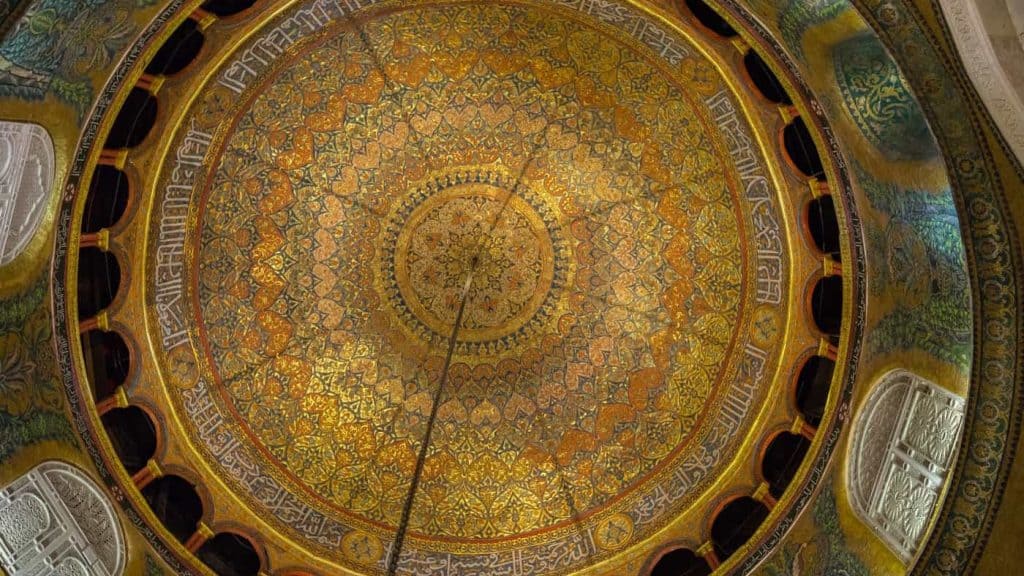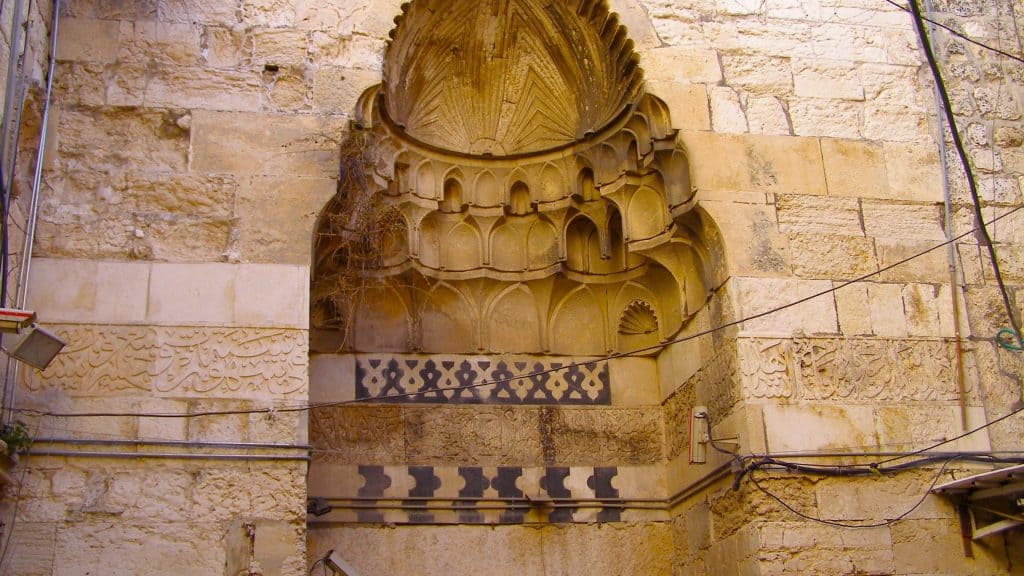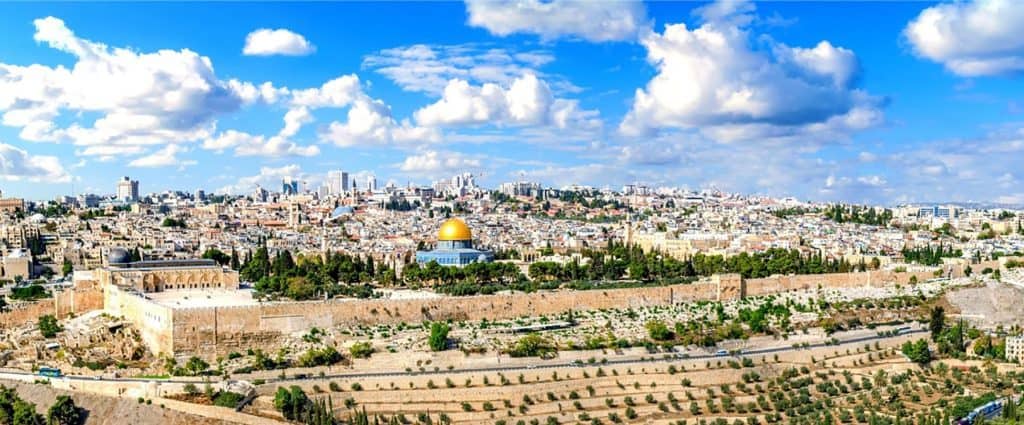The Al-Khatuniyya Madrasa, also known as the Madrasa al-Khatuniyya, is a historic religious and educational institution located in the heart of Jerusalem’s Old City. This madrasa holds cultural and architectural significance and is a testament to the region’s rich history. Here’s a brief overview of the Khatuniyya Madrasa:
Jerusalem Ultimate Guide

Al-Khatuniyya Madrasa – Historical Significance:
- Moreover, during the Mamluk era, madrasas served as centers of Islamic education and scholarship, and the Khatuniyya Madrasa was no exception. It provided religious education and often had attached mosques for daily prayers.
- Furthermore, in the late Mamluk era, it served as the retirement residence of several former emirs dismissed and sent into exile to Jerusalem.
- Today, it is a mausoleum in Jerusalem. It is by the western esplanade of the al-Aqsa Compound (Temple Mt). It was built between 1354 and 1380. It is one of the three Jerusalem madrasas endowed by a woman. Another one is the ʿUthmāniyya Madrasa.
Tankiziyya Madrasa

Credit: Ranbar at Hebrew Wikipedia, CC BY-SA 3.0, via Wikimedia Commons.
Architectural Beauty:
- The Al-Khatuniyya Madrasa showcases stunning Mamluk architecture, with intricate stonework, decorative motifs, and Arabic calligraphy adorning its walls.
- The madrasa features a central courtyard with an elegant fountain, surrounded by arched colonnades and chambers. The courtyard design is typical of many Islamic educational institutions.
- The minaret of the adjacent mosque is a prominent feature of the complex and adds to the architectural grandeur.
Old City Jerusalem Tour

Religious and Educational Role:
- The primary purpose of the Madrasa was to provide religious education to students, particularly in Islamic jurisprudence, theology, and Quranic studies.
- Madrasas like Al-Khatuniyya played a vital role in preserving and disseminating Islamic knowledge during the medieval period.
Al-Khatuniyya Madrasa – Restoration and Preservation:
Over the centuries, the Al-Khatuniyya Madrasa fell into disrepair. However, efforts have been made to restore and preserve this historic site. Restoration work has helped showcase the architecture’s beauty and the madrasa’s cultural significance.
Today, there are known figures buried there. Some members of the Husayni (Husseini) family: Abd al-Qader al-Husseini, an uprising commander.
Today, the Madrasa is a reminder of Jerusalem’s rich history and its importance as a center of culture and education. Visitors to the Old City of Jerusalem can explore this remarkable architectural gem and gain insight into the Mamluk era’s contributions to the city’s heritage. It’s a testament to the enduring legacy of Islamic scholarship and culture in the heart of Jerusalem.

